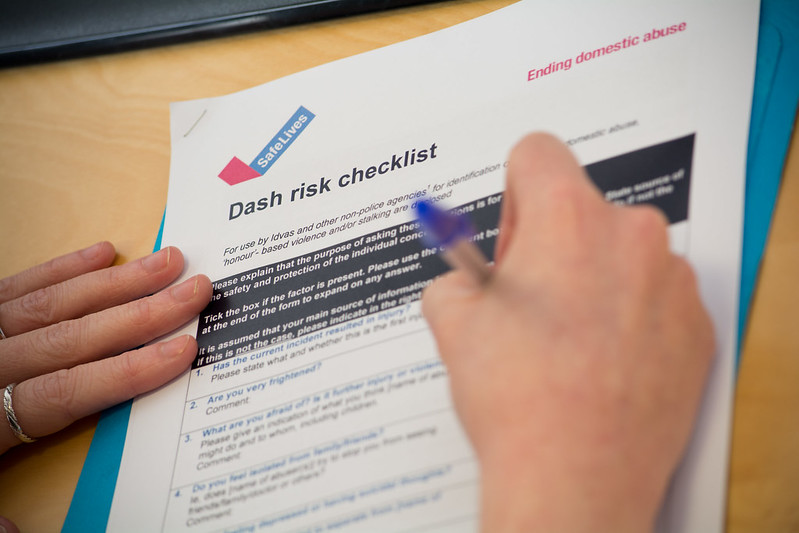
‘Honour’-based violence and risk
Dr Lis Bates discusses risk assessment in ‘honour’-based violence and research insights that different types of cases may require adjusted risk assessment tools and responses
Why risk assessment?
Perhaps the most famous case of ‘honour’-based violence (HBV) in this country remains the 2008 murder of Banaz Mahmood. And that’s because Banaz’s case really stirred things up. It drove the police to overhaul their response and write the first national HBV policing policy. The major failing in the police response to Banaz’s request for help was that they did not understand the context and therefore the risk signs of HBV. Consequently, they thought that her assessment of the threat to her own life was “hysterical” and unfounded. Her brutal murder a few days later showed just how misguided this was.
A key aim of risk assessment is to identify the contexts of abuse and help understand the threats to the victim. It enables professionals to help the victim safety-plan, manage risks and access the right interventions. Risk tools such as the 24-question DASH-RIC (used by police and domestic abuse services in England and Wales) draw on research from previous cases, and what victims say, to develop a checklist of questions professionals can ask to assess risk.
More HBV cases are high risk
HBV is much less prevalent than domestic abuse, but there are still a sizeable number of cases in this country each year. Annually, around 1,800 incidents are reported to the police in England and Wales (HMIC, 2015). Of course, these numbers are just what are visible – the tip of the iceberg.
SafeLives Insights data published as part of the current Spotlight on ‘honour’-based violence and forced marriage shows that HBV cases were more likely to score high-risk (68%) than non-HBV domestic abuse cases (55%).
Some HBV cases score more highly than others
The dynamics and risk factors for domestic abuse are quite well understood. However, little research has been done on large sets of cases to identify risk factors for HBV. My PhD research (as yet unpublished) addressed this gap, looking at almost 1,500 cases of HBV identified by the police and domestic abuse services in this country.
My study developed a new ‘typology of HBV’, with three types based on the relationship between victim and perpetrator, and number of perpetrators. In Type I the sole perpetrator was a current or ex intimate partner (very similar – arguably identical – to other domestic abuse cases). In Type II the perpetrator was one or more of the victim’s family members, generally their birth family. Type III involved a current or ex intimate partner perpetrator, and in addition one or more of the victim’s family members – most commonly their in-laws.
When cases were divided into these types, risk diverged. Type II scored lower, with only 52% high risk (as measured by Insights data), compared with 66% in Type I and 74% in Type III. This correlation between risk and type was statistically significant. Despite this, all three types were equally likely (around 30% of cases) to go to Marac.
About Dr Lis Bates
Dr Lis Bates researches gender-based violence at the University of Bristol. She is currently working on a project developing what justice means to victims of domestic and sexual abuse, and a European project to address sexual violence amongst refugees.
Lis’s interest lies in connecting research to policy and practice. Prior to 2016, she worked as Head of Research for SafeLives and, before that, for parliamentary select committees on Home Affairs and Education, running national inquiries on domestic abuse, immigration, crime and child welfare. Between 2010 and 2017 she completed her PhD study on ‘honour’-based abuse and forced marriage in England and Wales, analysing 1,500 cases known to the police and domestic abuse agencies.
Lis can be contacted at [email protected].
You may also be interested in

‘Honour’-based violence and risk

